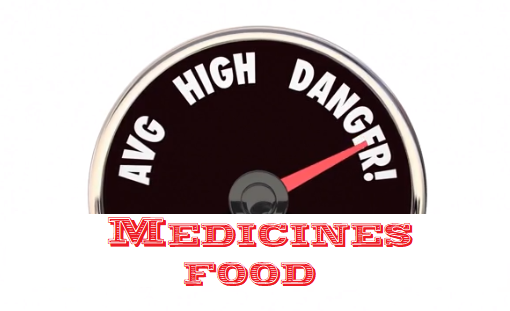To be taken in controlled quantity
"To be taken in controlled quantity"This phrase indicates that a particular ingredient or substance in a food should be consumed in limited or specific amounts to ensure safety and health. A few examples:Potential Toxicity. Some ingredients can become toxic if consumed in large amounts.Side Effects. Some substances might cause unwanted si... (Read the full Tiiip)
0 pts from Al222
| Evaluate | Where is this found? |
| "Descrizione" about To be taken in controlled quantity by Al222 (20707 pt) | 2024-Jan-01 18:50 |
"To be taken in controlled quantity"This phrase indicates that a particular ingredient or substance in a food should be consumed in limited or specific amounts to ensure safety and health. A ...
| Read the full Tiiip | (Send your comment) |
Read other Tiiips about this object in __Italiano (1)
Last update: 2024-02-09 13:58:25 |


